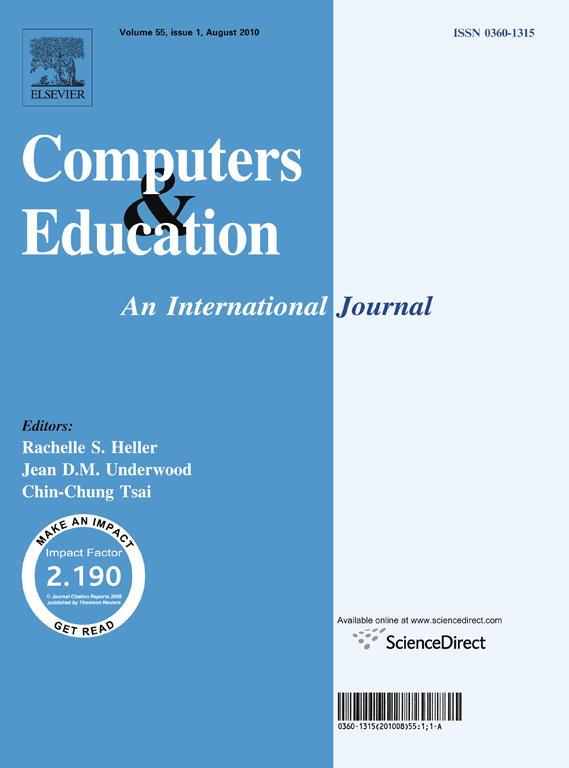Contemporary literature on online and distance education almost unequivocally argues for the importance of interactions in online learning settings. Nevertheless, the relationship between different types of interactions and learning outcomes is rather complex. Analyzing 204 offerings of 29 courses, over the period of six years, this study aimed at expanding the current understanding of the nature of this relationship. Specifically, with the use of trace data about interactions and utilizing the multilevel linear mixed modeling techniques, the study examined whether frequency and duration of student–student, student–instructor, student–system, and student–content interactions had an effect of learning outcomes, measured as final course grades. The findings show that the time spent on student–system interactions had a consistent and positive effect on the learning outcome, while the quantity of student–content interactions was negatively associated with the final course grades. The study also showed the importance of the educational level and the context of individual courses for the interaction types supported. Our findings further confirmed the potential of the use of trace data and learning analytics for studying learning and teaching in online settings. However, further research should account for various qualitative aspects of the interactions used while learning, different pedagogical/media features, as well as for the course design and delivery conditions in order to better explain the association between interaction types and the learning achievement. Finally, the results might imply the need for the development of the institutional and program-level strategies for learning and teaching that would promote effective pedagogical approaches to designing and guiding interactions in online and distance learning settings.
Learning at distance: Effects of interaction traces on academic achievement
Journal article
Published
Computers & Education Volume 87, 2015, Pages 204–217
Publication year: 2015

